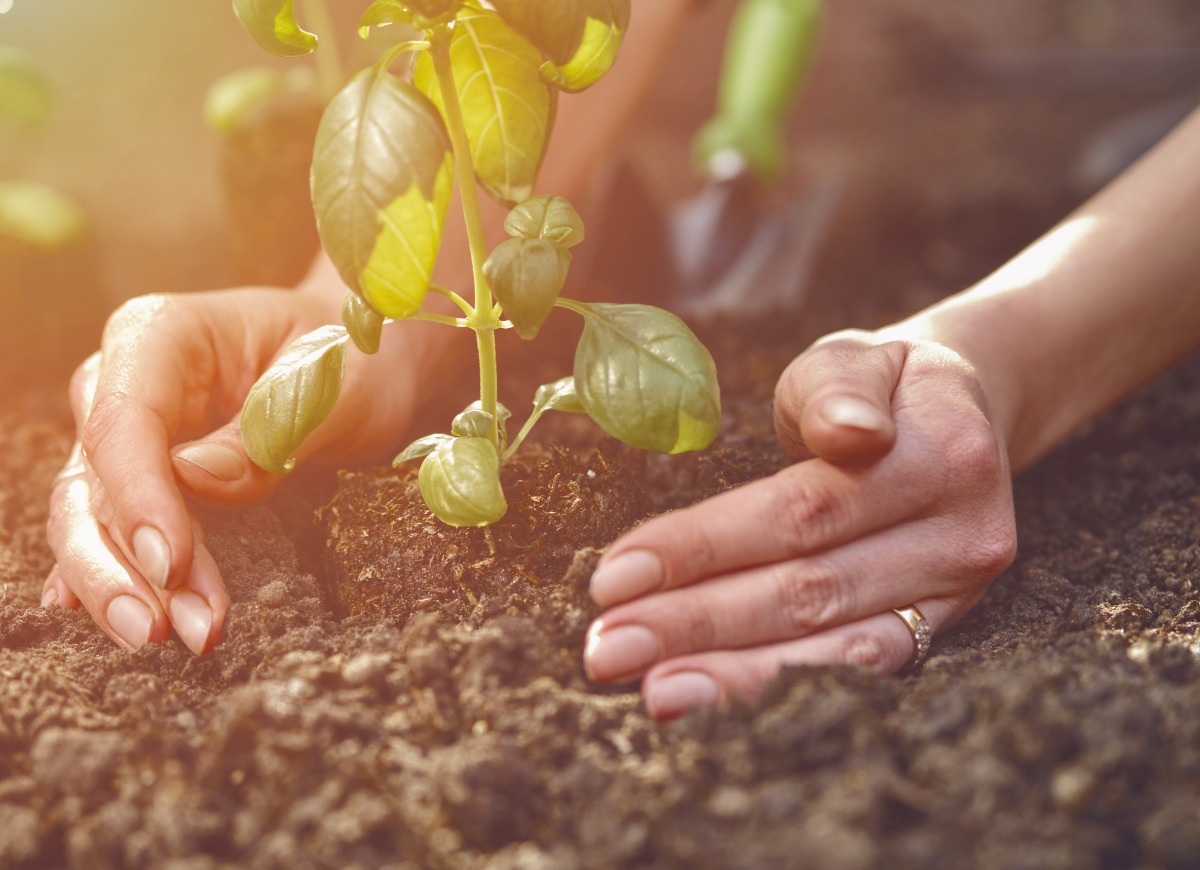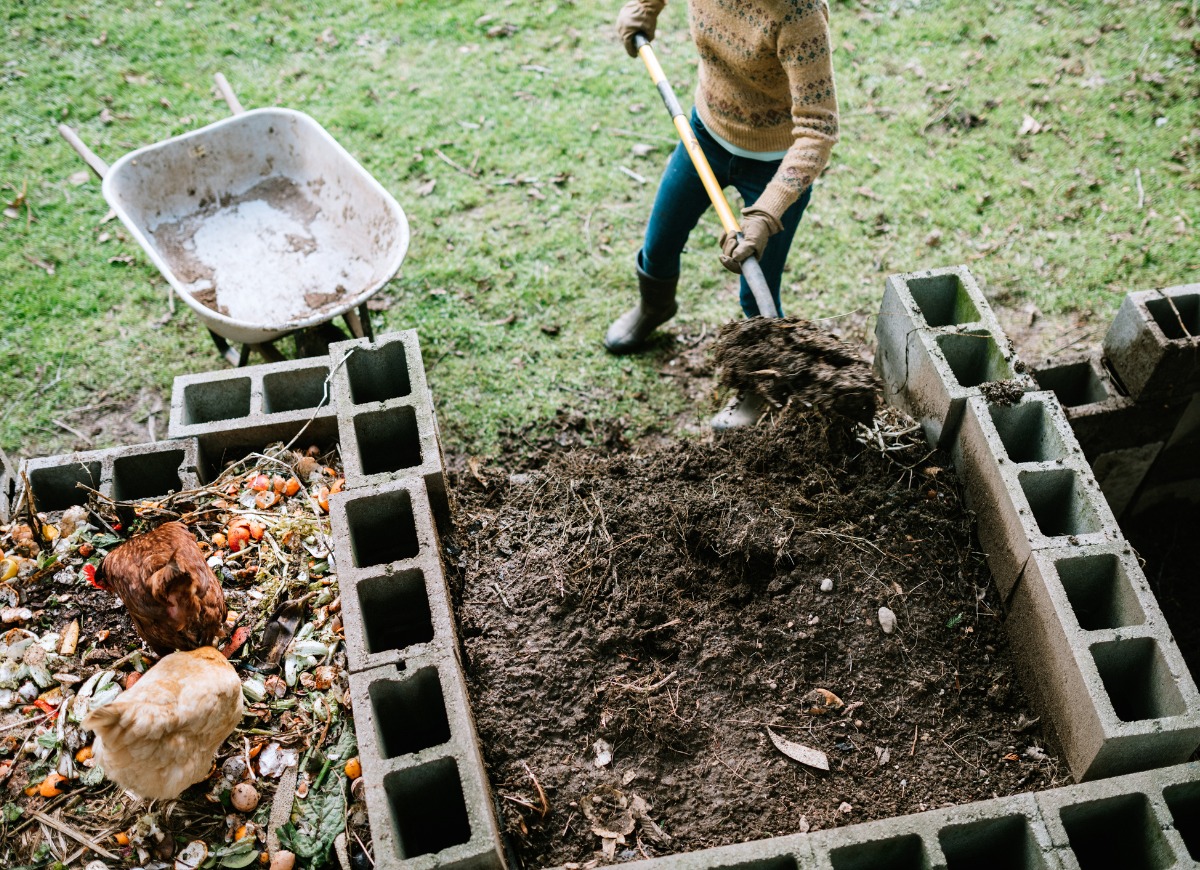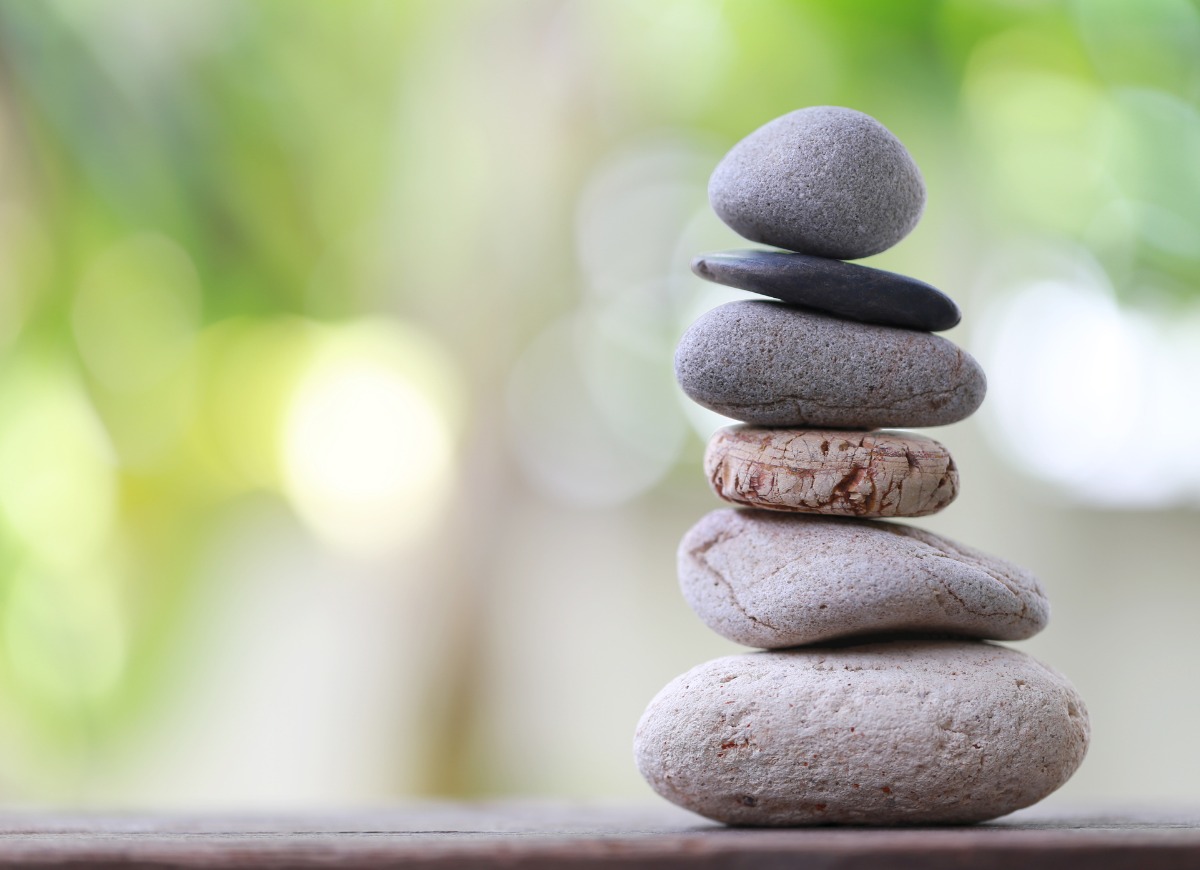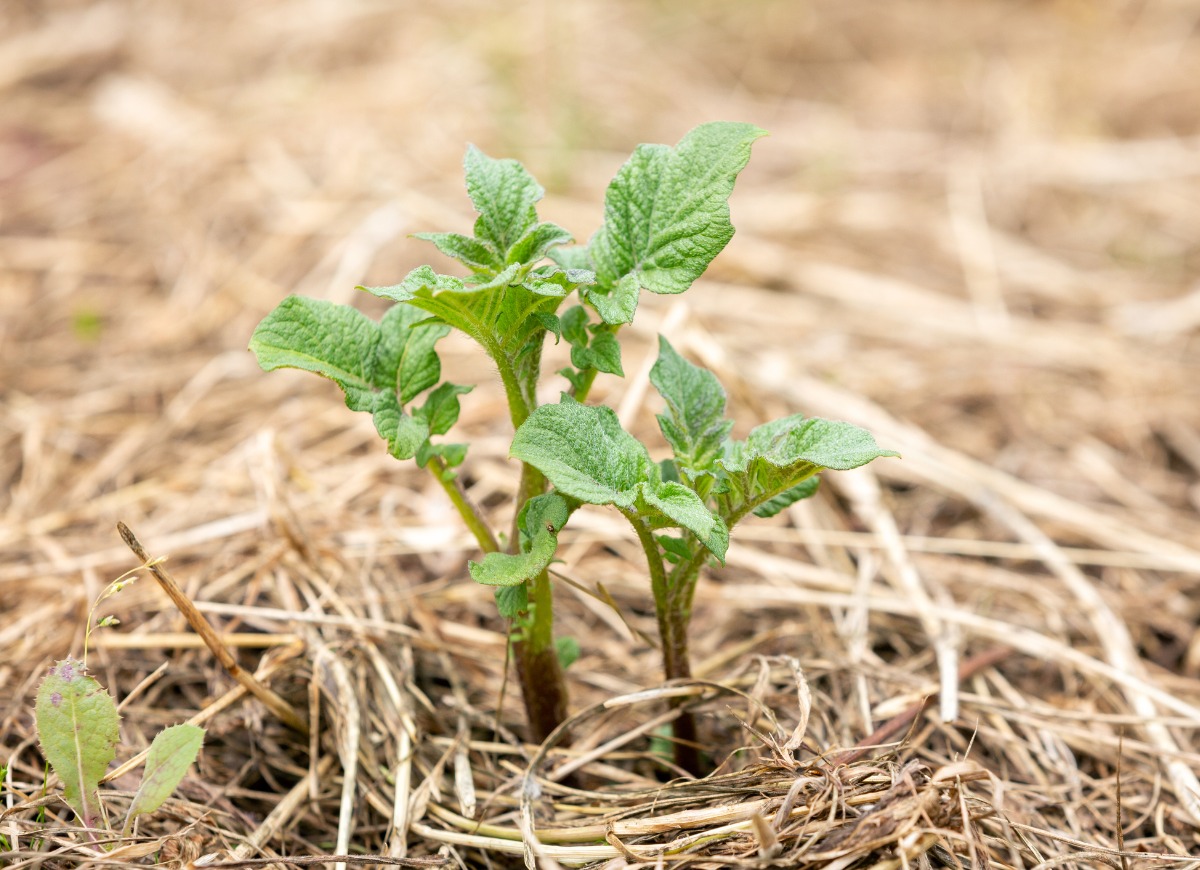

We may earn revenue from the products available on this page and participate in affiliate programs. Learn More ›
Although the idiom “common as dirt” is often used as an insult, good dirt isn’t so common and remains essential to the productivity of a garden. Fortunately, with a little effort you can improve your garden’s soil. Even better, most vegetables, whether they’re root, leafy, legume, or fruiting types, can thrive in roughly the same kind of soil. Just be sure to find them “common ground” in nutrient-rich earth that drains well while still retaining adequate moisture. But before you get started on your garden, you will want to get your soil tested to determine its pH and its current health and fertility.

Pay Dirt
The ideal garden loam should be composed of equal parts of sand, silt, and clay. Unfortunately, most soils don’t have that perfect balance. But you can make up for your dirt’s deficiencies by adding compost. In addition to contributing to fertility, it lightens clay soils and allows sandy or silty ones to retain more moisture. Keep in mind that deep-growing root vegetables prefer loose soils, while shallow-rooted leafy vegetables need constantly moist ones.
Sweet and Sour Soils
The majority of vegetables will tolerate any soil pH between 5.5 and 7.5, but the ideal number for most is 6.5—though potatoes should be kept at about 5.5 to control scab. Only asparagus will want to grow in soil as sweet as 8. The pH of your soil can be raised with lime or lowered with elemental sulfur, preferably applied months before the garden is planted, although sulfur can take a year or more to assimilate.
RELATED: 9 Mistakes You’re Making That Are Damaging Your Soil

Digging Up Dirt
Whether you till your earth or turn it over with a spade, if you work it too early, you will end up with a compacted, lumpy mess. Wait until the soil still retains some moisture but crumbles easily when you squeeze a handful of it. If the dirt makes a gluey ball in your palm instead, it is still too wet, and cultivating it then may cause your garden plans to come to a sticky end.
On the Rocks
If your tiller tines and spade ricochet off rocks with frustrating frequency, take the time to remove as many of those stones as you can. You can build yourself a rock garden for low-growing flowers or a decorative cairn as long as you keep those rocks away from the vegetable garden. Root vegetables especially have difficulty growing their edible taproots in stony soil, and other vegetables also have to struggle to put down roots in it.

RELATED: The Best Soils for Raised Garden Beds
Off Its Feed
Your soil test should tell you how your ground rates in such nutrients as phosphorus and potassium, and whether or not you need to add fertilizer to it. Keep in mind that fruiting plants such as tomatoes require enough phosphorus to prevent calcium deficiency, but too much nitrogen may cause them to grow too fast and fruit too little. Because green beans and other legumes set their own nitrogen, they shouldn’t need it supplemented.
Them Thar Hills
The layout and topography of your garden can have a dramatic effect on the health of your plants. Hills have long been recommended for the growing of potatoes as well as squashes and melons, and raised beds offer a slew of benefits for vegetables in general. Gardeners with soggy soil who can’t afford raised beds might want to consider simply raising the rows of all their vegetables so that they stand at least slightly above the surrounding ground to facilitate drainage. This isn’t a good idea for gardens in arid regions, however, as hills and raised beds dry out faster than the lower ground around them.

RELATED: Garden Soil vs. Potting Soil: What’s the Difference?
Goodbye, Till, Then
In recent years, more gardeners are opting for no-till cultivation because it doesn’t disturb the natural bacteria and fungi in the soil. Skipping the tiller entails keeping unplanted areas of the garden covered with an organic mulch, such as compost or a cover crop, to suppress weeds. New gardeners will probably need to till, though, unless they have had enough foresight to blanket their plot over winter with plastic or cardboard to smother all of the weeds.
